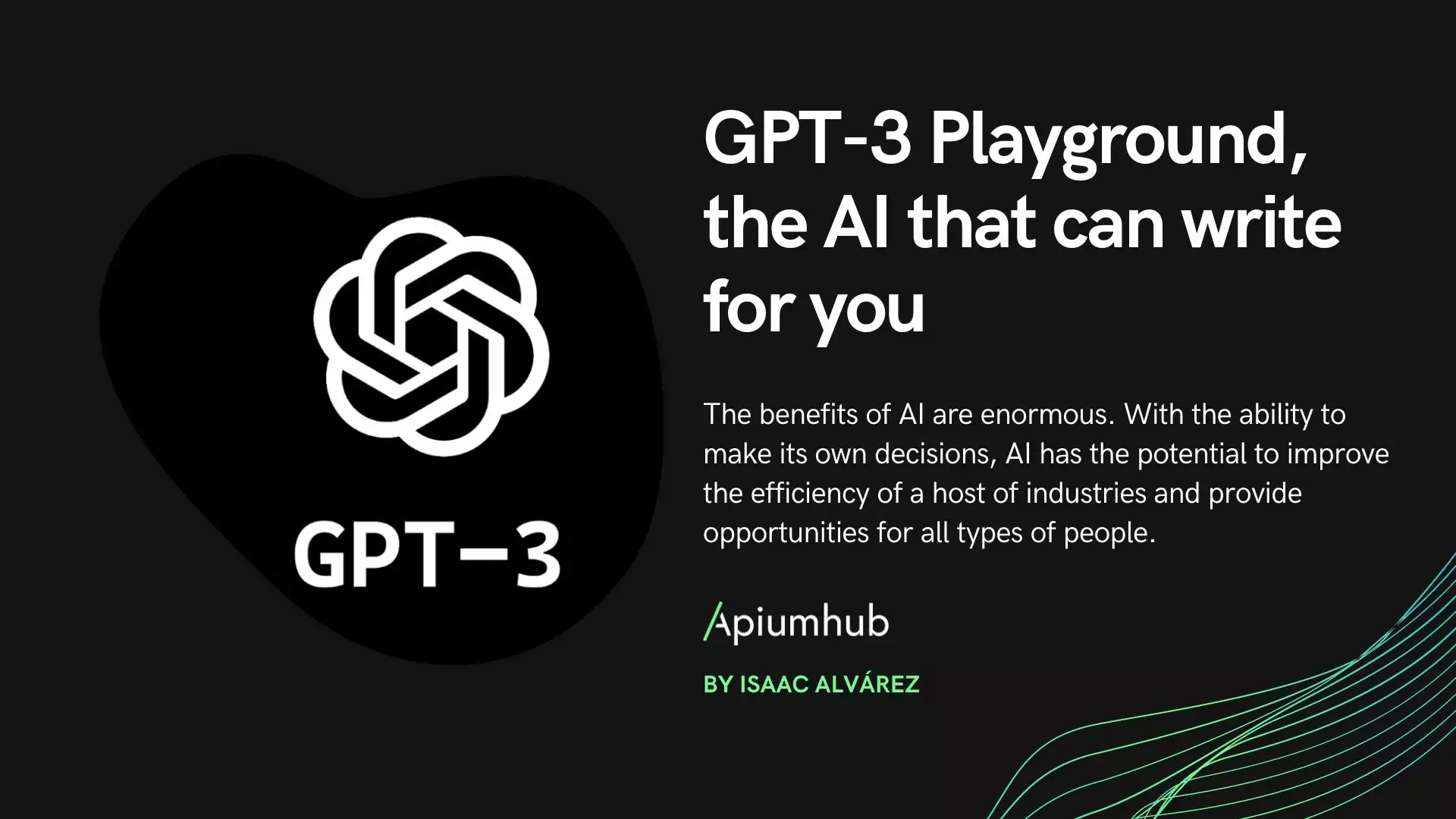Table of Contents
You have probably heard of the term Double-Loop Learning before, but did you know that when applied correctly in the workplace, this learning theory can be beneficial to the company culture? Keep reading to learn more about this concept and its application in the workplace.
Let’s Start From The Beginning…
Before we start talking about the concept of double-loop learning, it is important to go back a bit and talk about the creator of this theory, Chris Argyris. Argyris was known as the father of organizational learning. He dedicated most of his career to learning and understanding how organizations behave and how managers learn. His concern about how people made mistakes by not learning from their experience led him to develop, in collaboration with his colleague Donald Schön, two theories that refer to how people react as their environment changes: single-loop learning and double-loop learning.
Single-loop vs. Double-loop Learning
Single-loop learning refers to pre-established actions to a given problem or solution. We act and make decisions according to our mental models. To describe this theory, Argyris compared it to a thermostat. When it’s cold the thermostat switches the heating on, and when it’s hot it switches the heating off. In other words, the thermostat has a pre-established reaction depending on the temperature.
For example, let’s say an administrative employee makes a mistake on a customer invoice. When this employee realizes he made a mistake, he calls the customer to apologize and reissues the invoice. In this case, the employee is responding to an immediate issue but is not seeking underlying causes or ways to prevent that same problem from happening again.
Double-loop learning, on the other hand, makes us change our mental models and encourages us to think critically. Instead of making a decision based on a pre-established action, this theory focuses on reflection and learning that occurs after an event or decision has been made.
Continuing with the previous example, with double-loop learning, the administrative employee would have taken time to reflect on his mistake and would have identified potential causes and solutions to prevent that mistake in the future. Additionally, the employee would have probably suggested changes to the policies or procedures to make the systems more efficient.
Double-loop Learning in the Workplace
As we saw in the previous examples, double-loop learning focuses a lot on critical learning and dialogue. By questioning and challenging underlying factors, organizations can achieve deeper insights and make more meaningful changes. Workplaces can benefit from double-loop learning in different ways, for example:
It improves decision making
Double-loop learning supports more informed decision-making. How? It enables individuals and teams to consider different perspectives, weigh alternative options, and make choices that align with desired outcomes. This leads to more thoughtful and effective decision-making processes.
It enhances problem-solving
Double-loop learning encourages individuals and teams to question the fundamental assumptions underlying problems. Instead of merely addressing symptoms, it prompts them to explore the root causes and make necessary adjustments to avoid recurring issues. This leads to more effective problem-solving and long-term solutions.
It fosters team communication
Double-loop learning promotes open dialogue and constructive feedback. It encourages individuals to share their assumptions and engage in discussions that challenge and refine ideas. This collaborative approach fosters better communication, trust, and a shared understanding within teams and across the organization.
It increases adaptability and innovation
Double-loop learning encourages organizations to challenge existing norms and explore alternative approaches. It fosters a culture of creativity and innovation, where individuals feel empowered to question established practices and propose new ideas. This mindset helps organizations stay adaptable, embrace change, and remain competitive in dynamic environments.
It promotes self-awareness
Double-loop learning encourages individuals and teams to reflect on their own thinking processes, biases, and assumptions. It promotes self-awareness and helps individuals understand the reasons behind their behaviors and decisions.
Example of Double-Loop Learning in the Workplace
In order to better understand the benefits of double-loop learning in the work environment, let’s look at an easy example.
Let’s say that at X company, there ́s an administrative assistant whose job is to always assist with day-to-day operations doing tasks like managing office supplies, answering phone calls, scheduling meetings, and preparing documents.
This administrative assistant has noticed that every time he orders supplies certain ones run out frequently, causing delays and inconvenience for the staff.
Single-loop learning approach: The administrative assistant would reorder all supplies without finding the underlying causes of why certain ones run out faster than others.
Double-loop learning approach: The administrative assistant decides to apply double-loop learning to gain deeper insights and make more effective decisions. These are some of the things he does:
- Questions his regular orders: Instead of reordering the same quantities, he questions their assumption that the current supply quantities are adequate.
- Investigate: The administrative assistant looks for causes of why some supplies are not lasting the expected amount of time and why some others are underutilized. He asks different colleagues and different departments to gain more insights.
- Explore other alternatives: With a better understanding of the underlying issues, the administrative assistant explores alternative approaches. He considers adjusting the supply quantities based on departments’ actual usage patterns.
- Makes informed decisions: After investigating and exploring, the assistant adjusts the supplies quantities based on feedback redistributing excess supplies, and implementing a system to monitor usage more closely.
- Evaluates: After making the order, the assistant continues to evaluate the process to maintain a cycle of continuous improvement and stays open to feedback from colleagues.
Although this is a really basic example, it helps to differentiate both learning approaches to understand why it is effective to use the double-loop learning approach in the workplace.

Conclusion
In conclusion, the double-loop learning approach offers significant benefits in the workplace. By going beyond surface-level problem-solving, it encourages individuals and teams to question underlying assumptions, values, and beliefs. This reflective process enhances self-awareness and promotes a culture of continuous improvement. By challenging established practices and exploring alternative approaches, organizations become more adaptable and flexible, better equipped to navigate change and uncertainty. The double-loop learning approach fosters a culture of growth and learning like the one we have at Apiumhub.












